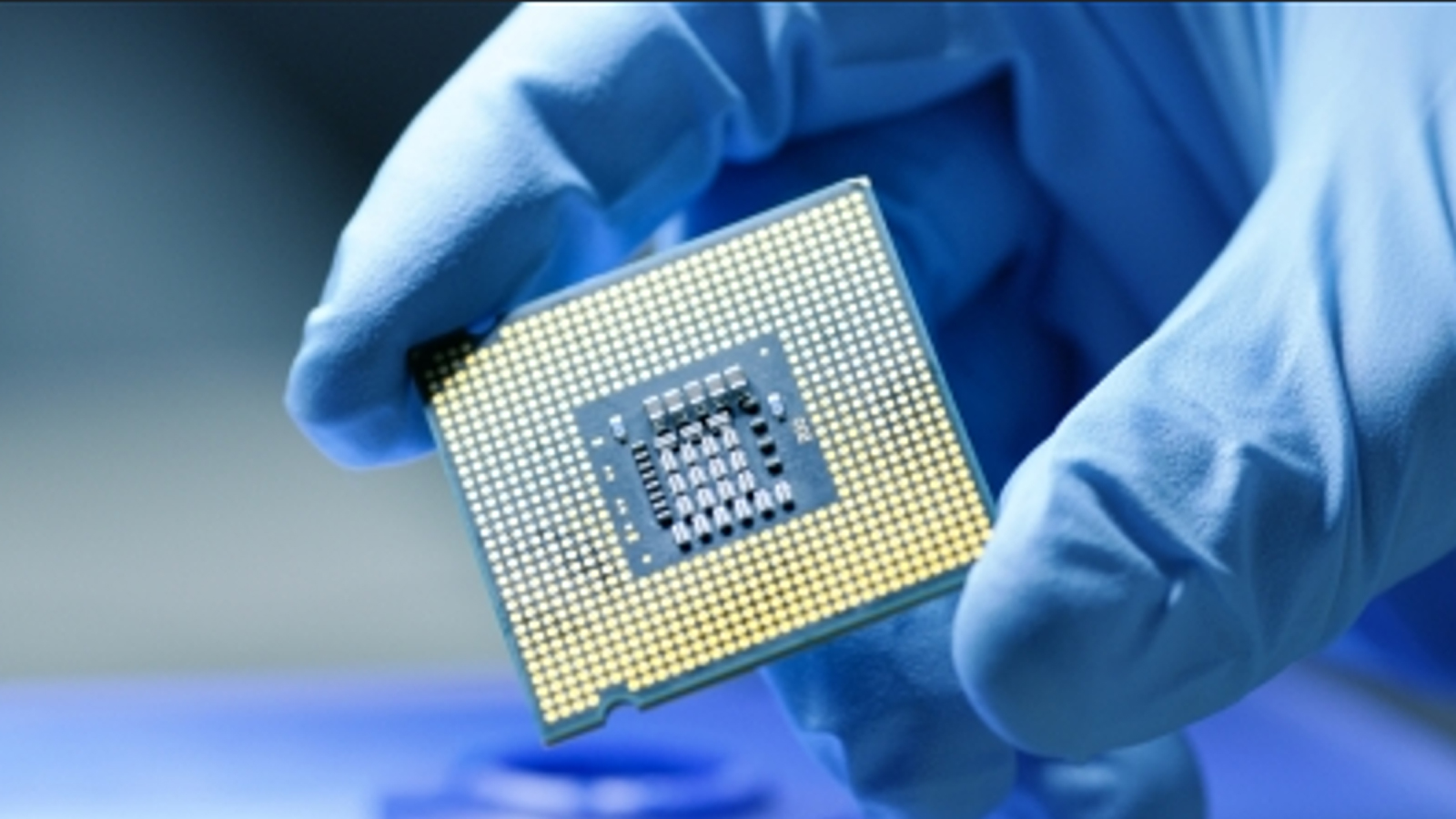Union Minister for Electronics and Information Technology Ashwini Vaishnaw has approved the establishment of the ‘NaMo Semiconductor Laboratory’ at IIT Bhubaneswar, aimed at strengthening India’s talent pool in semiconductor design, manufacturing, and packaging. The project, estimated to cost ₹4.95 crore, will be funded under the MPLAD Scheme, said the Ministry of Electronics & IT (MeitY).
The proposed lab is expected to play a pivotal role in developing industry-ready professionals to meet the growing demand for skilled manpower in India’s rapidly expanding semiconductor ecosystem. It will position IIT Bhubaneswar as a national hub for semiconductor research, design, and skilling, further supporting the Government’s ‘Make in India’ and ‘Design in India’ missions.
The NaMo Semiconductor Lab will be equipped with advanced tools and software essential for semiconductor training, design, and fabrication—₹4.6 crore allocated for equipment and ₹35 lakh for software. The facility will complement IIT Bhubaneswar’s existing Silicon Carbide Research and Innovation Centre (SiCRIC) and cleanroom infrastructure, enhancing the institute’s R&D capabilities to serve India’s semiconductor sector.
Odisha has recently emerged as a key player in India’s semiconductor landscape, with two major projects approved under the India Semiconductor Mission—an integrated facility for Silicon Carbide (SiC)-based compound semiconductors and an advanced 3D glass packaging facility. The new lab at IIT Bhubaneswar is expected to provide critical research and talent development support to these projects.
India already accounts for 20% of global chip design talent, with students from 295 universities using industry-grade electronic design automation (EDA) tools. Notably, 28 student-designed chips from 20 institutions have been successfully taped out at SCL Mohali, demonstrating the growing ecosystem for indigenous semiconductor innovation.
With the setting up of the NaMo Semiconductor Laboratory, India takes another strategic step toward building a self-reliant and globally competitive semiconductor industry, creating opportunities for youth and strengthening the nation’s technological sovereignty.










